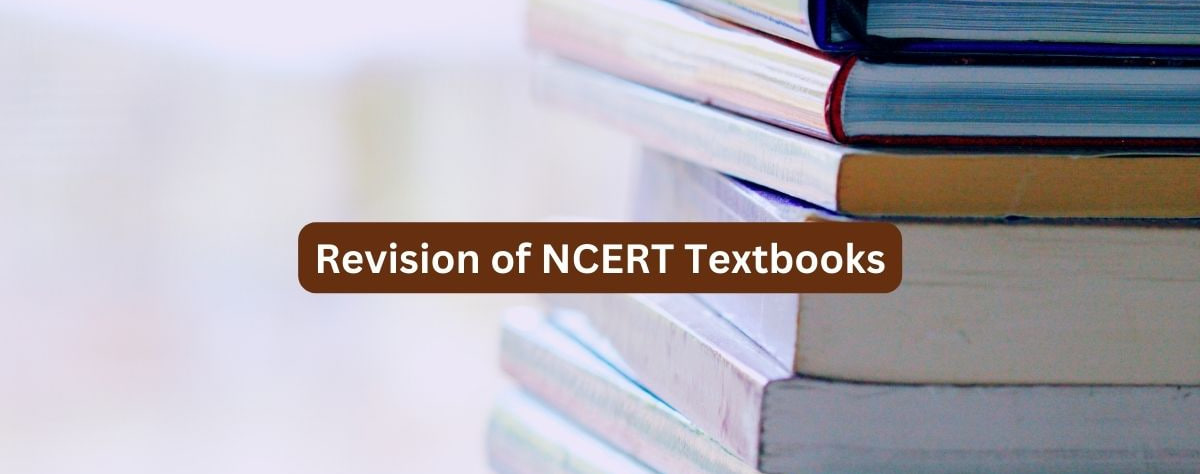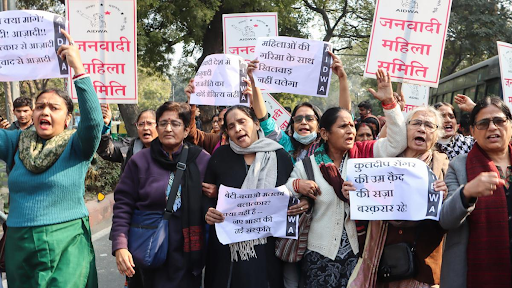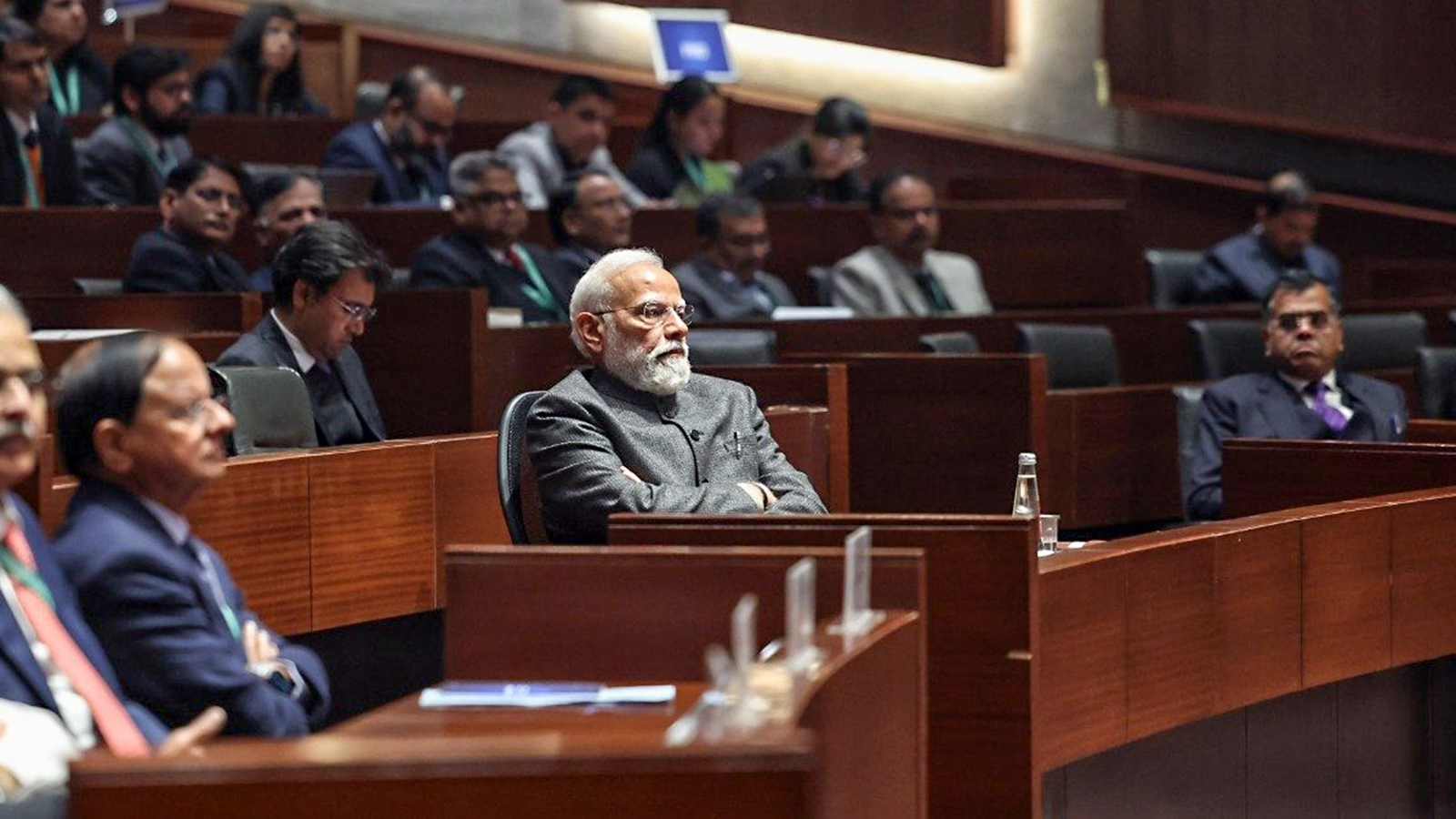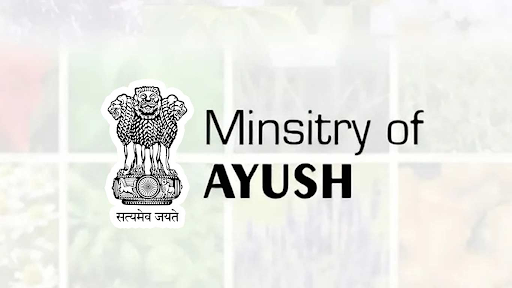Description

Copyright infringement not intended
Picture Courtesy: https://www.jagranjosh.com/news/new-government-initiative-revision-of-ncert-textbooks-by-committee-check-details-169723
Context: NCERT revised Class 12 history syllabus highlights Rakhigarhi as an indigenous Harappan site, emphasising archaeological evidence and ruling out large-scale Aryan migration.
Details
- The revisions introduced by NCERT to the Class 12 history syllabus, particularly regarding the Harappan Civilization and Rakhigarhi site, signify significant changes in the understanding and interpretation of ancient Indian history.
Indigenous Origin of Harappans
- The revisions emphasise Rakhigarhi in Haryana's Hisar as a pivotal site for the Harappan Civilization, suggesting that Harappans were indigenous to this region.
- Previous notions of Harappans being migrants or immigrants to the Indian subcontinent are challenged, implying that the roots of the civilization lie within the Indian subcontinent itself.
Pre-Aryan Settlement
- NCERT's revisions suggest that the Harappan Civilization existed in Rakhigarhi before any major migration of Aryans, questioning traditional narratives that often portrayed Aryan migration as a defining factor in Indian history.
- This challenges the widely accepted Aryan Invasion/Migration Theory that suggests Aryans migrated to the Indian subcontinent and displaced indigenous populations.
Archaeological and Genetic Evidence
- The revisions integrate genetic details from Archaeological Survey of India (ASI) excavations at Rakhigarhi, highlighting the continuity of genetic roots from the Harappan period to the present South Asian population.
- This genetic evidence suggests a significant contribution of the Harappan population to the genetic makeup of modern-day Indians, reinforcing the indigenous nature of the Harappan Civilization.

Rejection of Aryan Migration Theory
- The revised textbook explicitly rejects the idea of large-scale immigration of Aryans based on the observed genetic and cultural continuity in South Asian populations.
- This challenges the previously dominant Aryan Invasion/Migration Theory and suggests a reevaluation of historical narratives surrounding the origins of Indian civilization.
Continuity of Indian Genetic History:
- The revisions stress the continuity and absorption of various populations into Indian society, including those from bordering and distant regions.
- This narrative supports the idea of a continuous and dynamic Indian genetic history, debunking the notion of discontinuity or replacement of indigenous populations by incoming groups.
Critical Thinking and Further Research
- NCERT's revision of syllabus encourages critical thinking among students regarding the relationship between Harappans and Vedic people indicating openness to ongoing research and scholarly debate on these topics.
- This reflects a commitment to fostering a nuanced understanding of ancient Indian history based on contemporary archaeological, genetic, and scholarly research.
Deletions and Contextual Adjustments
- Certain deletions from the textbook, such as references to breaks between Early Harappan and Harappan civilizations, aim to align the narrative with current archaeological and genetic findings.
- This ensures that the revised syllabus reflects the most up-to-date understanding of the Harappan Civilization and its significance in Indian history.
Conclusion
- These revisions represent a significant shift in the understanding of ancient Indian history, particularly regarding the origins and continuity of the Harappan Civilization. By emphasising the indigenous roots of the Harappans and challenging traditional narratives, NCERT's revisions contribute to a more nuanced and contextually accurate portrayal of India's ancient past.
Must Read Articles:
NCERT DELETIONS
Source:
DECCANHERALD
|
PRACTICE QUESTION
Q. The past is constantly reinterpreted. How can a history syllabus balance the need to cover core events with incorporating new perspectives and recent scholarship, especially when these challenge traditional narratives? How much weight should be given to established interpretations versus introducing students to ongoing historical debates?
|












